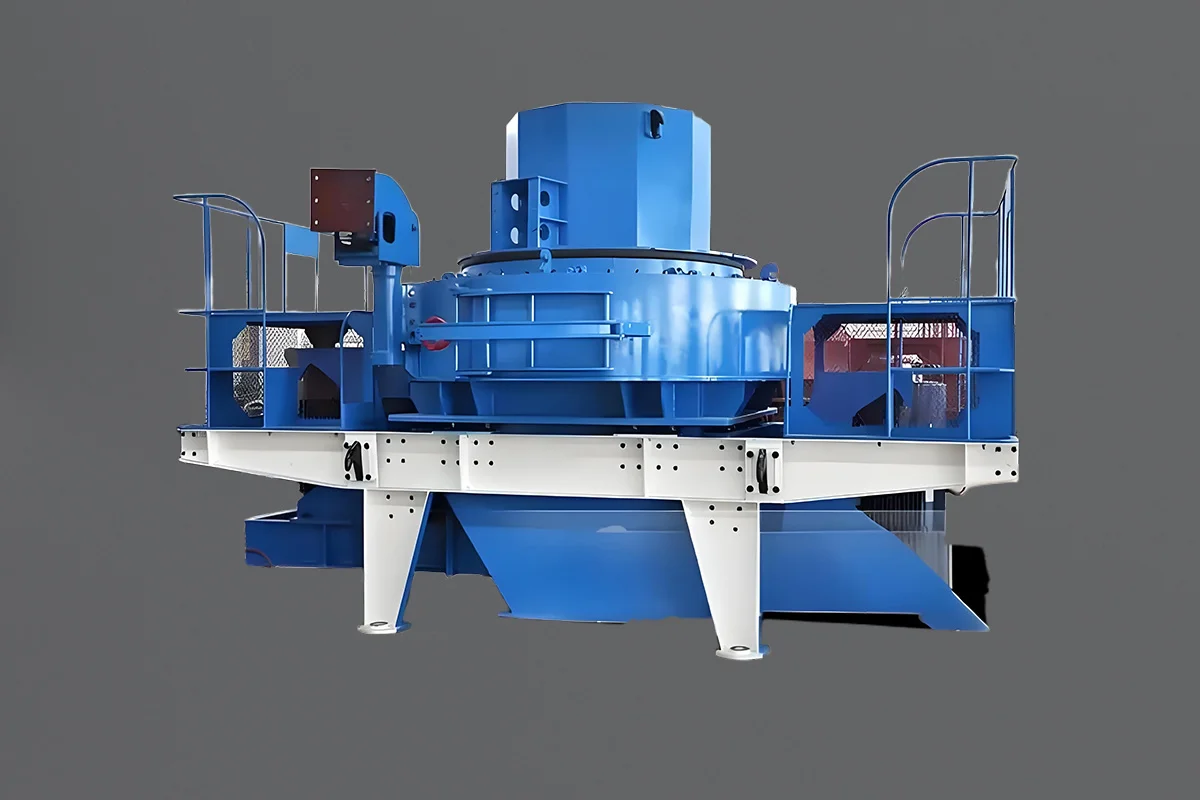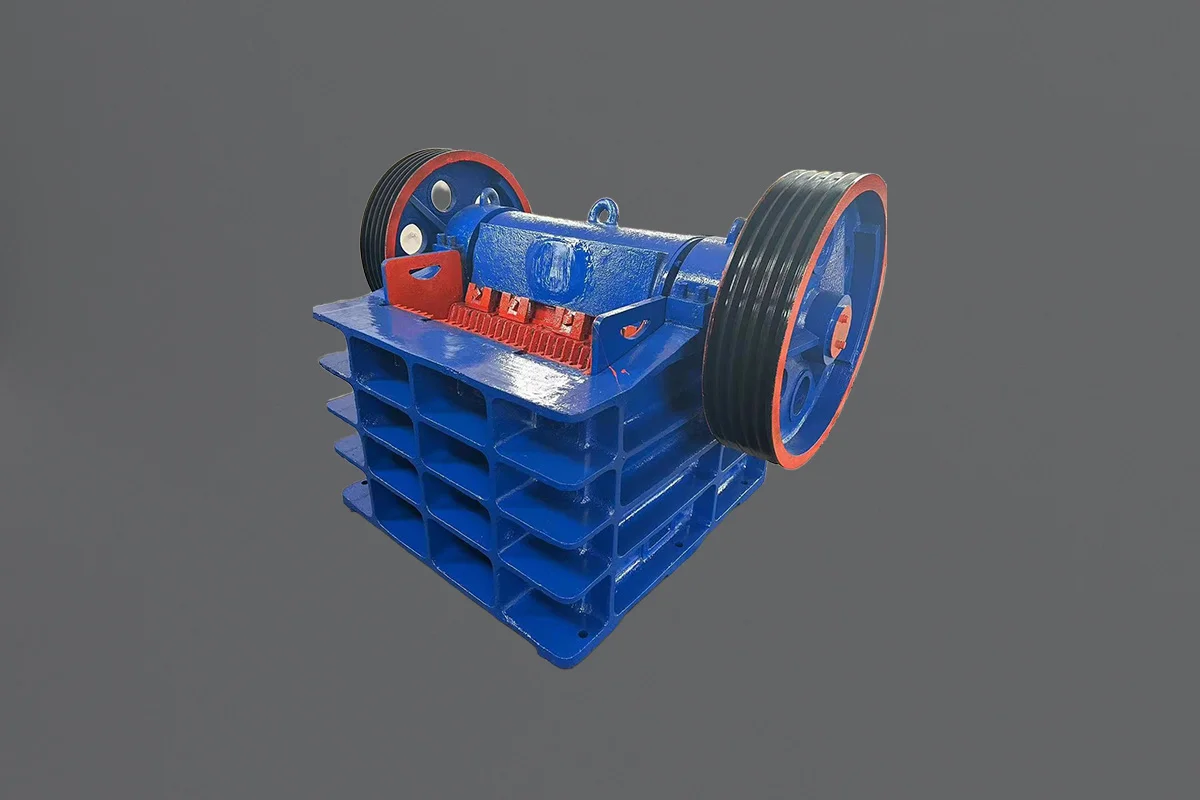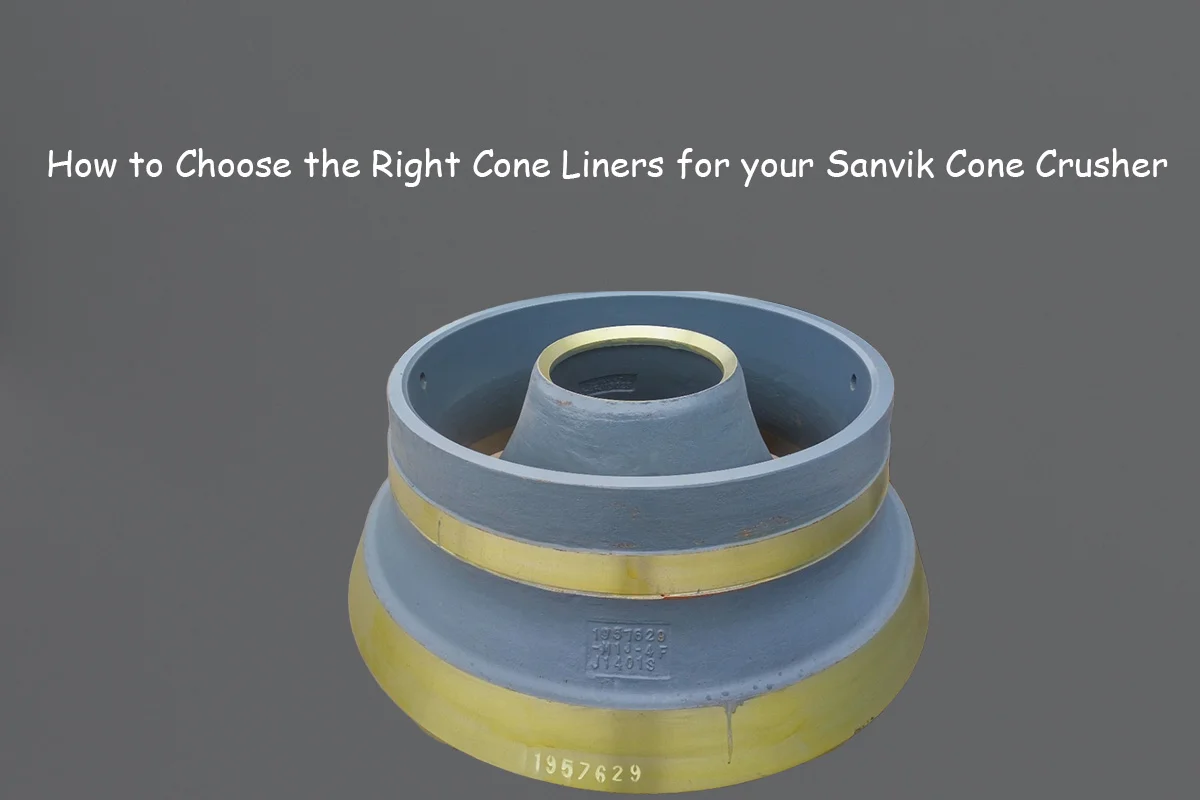Cone Crusher Maintenance And Inspection
Cone crusher maintenance and inspection involve regularly checking and replacing components to ensure the crusher operates efficiently and safely. This can include checking the oil and lubrication system, inspecting the wear parts for signs of wear and damage, and ensuring proper belt tension and alignment. It is also important to perform regular cleaning and inspection of the crusher’s interior and exterior to prevent the buildup of debris and contaminants that can affect its performance. Regular maintenance and inspection can help prevent unexpected downtime and prolong the lifespan of the crusher.
Weekly inspection and maintenance
- Check the oil level in the tank.
- Check the temperature at the inlet and exit of the crusher.
- Check pressure at the countershaft housing.
- Check input power or current requirement.
- Check setting at cavity outlet.
- Check support pressure.
- Check locking pressure.
- Check feed, distribution and level.
- Check the crusher’s discharge area and accumulation on the arms.
- Check the imbalance liner
- Check the time countershaft takes to stop.
- Check connections and clamps.
- Check for unusual sounds, signs of wear or excessive strain.
- Cone crusher liners are worn out, check their condition at regular intervals.
- Check the adjustment ring for bounce.
- Check the return oil flow in the tank and the pump outlet filter.
- Clean/replace the countershaft housing breathers and those of the tank.
- Check the oil circuits (for leaks).
- Check the liner, mantle and cone feed plate for wear.
- Lubricate the adjustment ring threads with the bowl released then lock the bowl and lubricate them.
- Check the return filter in the tank.
- Check that there is no bouncing.
- Check the tension and condition of the belts.
- Make sure there are no oil leaks.
- Check the bull wheel (break, and tightness on shaft).
- Check that the feeder cone screws are tight
- Check the alarm indicators on the electrical cabinet are in good condition.
- Check the guards of the arms, imbalance, head and the state of wear of the frame span plating.
- Check the oil level in the tank.
- Check the oil inlet and outlet oil temperatures.
- Check the oil pressure at the countershaft
- Check the crusher’s adjustment and wear of the bowl liner and mantle.
- Check the power or electric current requirement for the crusher.
- Check that no suspicious noise is emitted, nor any unusual vibrations.
Monthly inspection and maintenance/200h
- Check the pre-load of the accumulators and top up with nitrogen if necessary
- Check that the adjustment mechanism pinion cog is properly engaged in the cogwheel.
- Test all alarms, warning lights and lubricating and hydraulic devices (pressure switch, temperature, thermostats).
- Unlock the bowl and rotate it in one direction then in the other.
- Change the lubricating oil. Change if necessary.
- Analyze the lubricating oil if in doubt. See the oil contamination table
- Check the countershaft’s axial clearance.
- Check the guards of the arms, imbalance, head and the state of wear of the frame span.
Annual inspection and maintenance/2000h
- Dismantle the crusher completely to check the wear of all rings (head, eccentric, bearing and crown). and the surfaces of the pinion.
- Inspect the frame, head, and bowl (check for any fatigue cracks).
- Check the state of couplings, supports, and pipes.
- Check the state of wear of the head ball.
- Check the state of wear of the pinion and crown.
- Change the gear motor oil.
Changing bowl liner and mantle, checks, and maintenance
- Inspect the bowl liner and mantle, the bowl’s spans, and the head. Grind down any defects on the spans (if necessary).
- Inspect the head bushing, head ball, bearing, eccentric ring, and seals.
- Check the locking nut and the feeder cone (wear). Replace if necessary.
- Check the guards of the frame’s arms, countershaft, and frame span.
- Inspect the threads of the bowl, adjusting and locking ring.
- Inspect the hydraulics hoses (leaks).
- Check the bowl liner’s wedge locks and screws.
- Check the tightness of the imbalance bolts on the eccentric.
- Check the imbalance liner



